
Astronomers discover a new repeating fast radio burst
This article has been reviewed according to Science X's editorial process and policies. Editors have highlighted the following attributes while ensuring the content's credibility:
Using the CHIME telescope, an international team of astronomers has detected a new repeating fast radio burst (FRBs) source in the outskirts of a quiescent galaxy. The finding of a new FRB, which experienced 22 repeating bursts, was reported in a research paper published October 30 on the pre-print server arXiv.
FRBs are intense bursts of radio emission lasting milliseconds, showcasing the characteristic dispersion sweep of radio pulsars. The physical nature of these bursts is yet unknown, and astronomers consider a variety of explanations ranging from synchrotron maser emission from young magnetars in supernova remnants to cosmic string cusps.
The Canadian Hydrogen Intensity Mapping Experiment (CHIME) is an interferometric radio telescope at Dominion Radio Astrophysical Observatory in Kaledan, Canada. Built to discover pulsars and various radio transients, CHIME has detected the largest number of FRBs, both repeating and non-repeating.
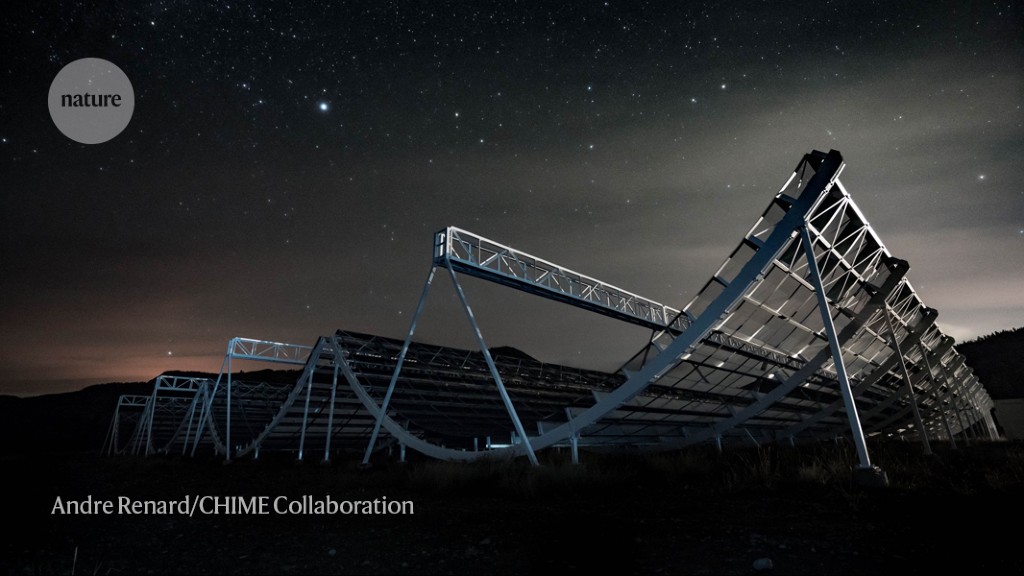


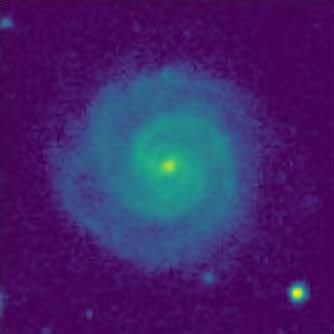

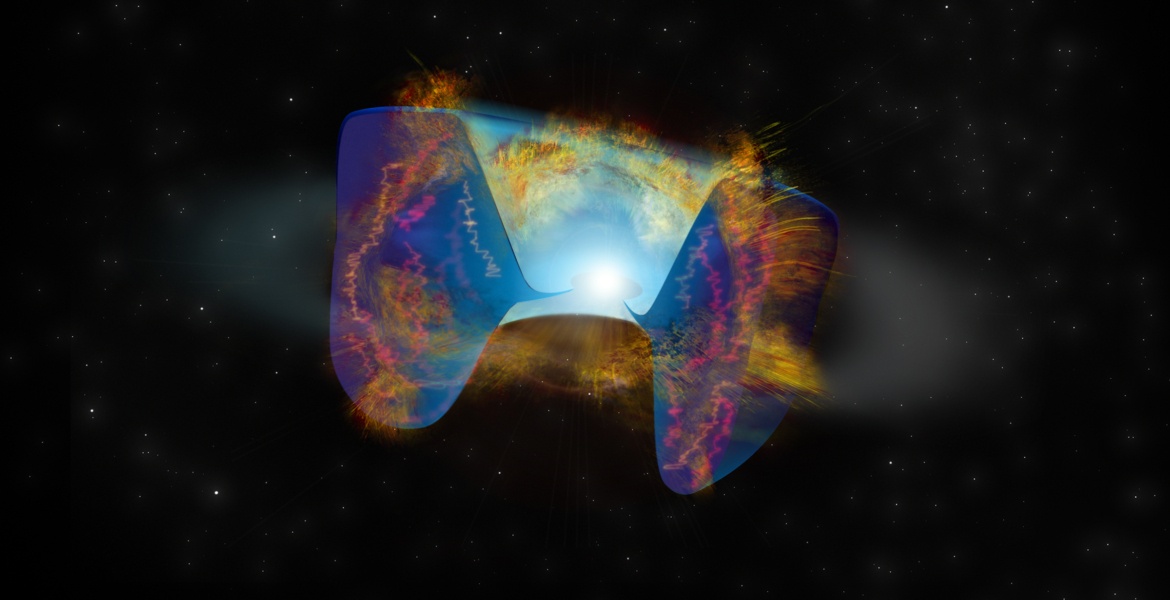
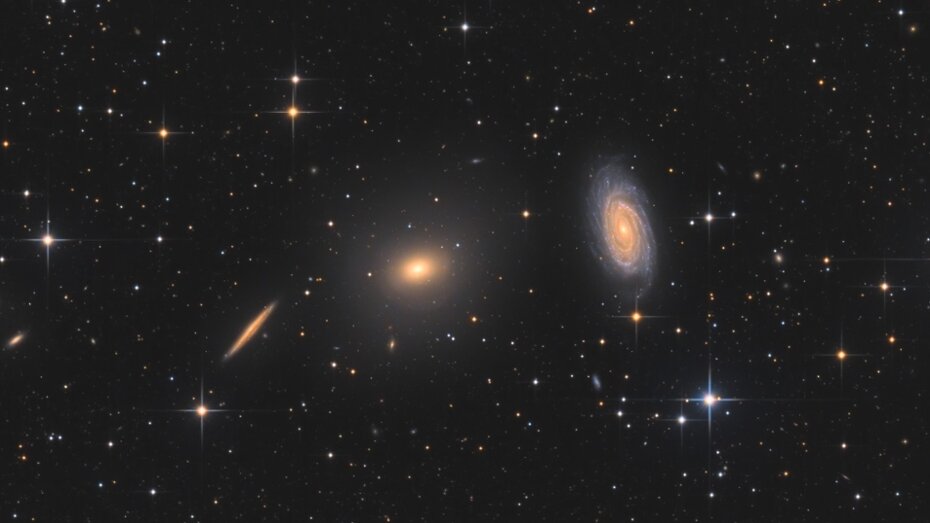








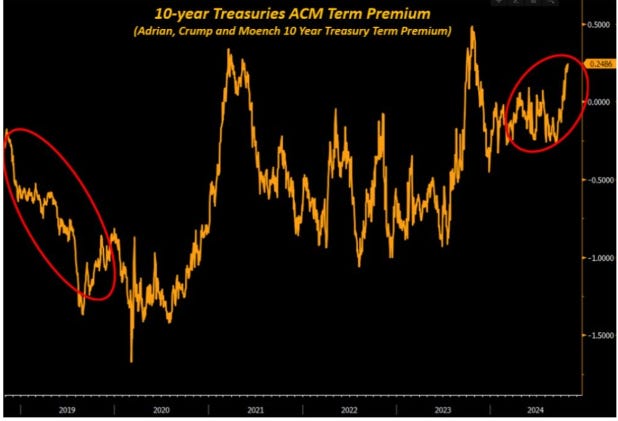






:focal(0x0:3000x2000)/static.texastribune.org/media/files/a2eb1e91017143006fc84dffc91a9e89/Lake%20Texoma%20LS%20TT%2001.jpg)